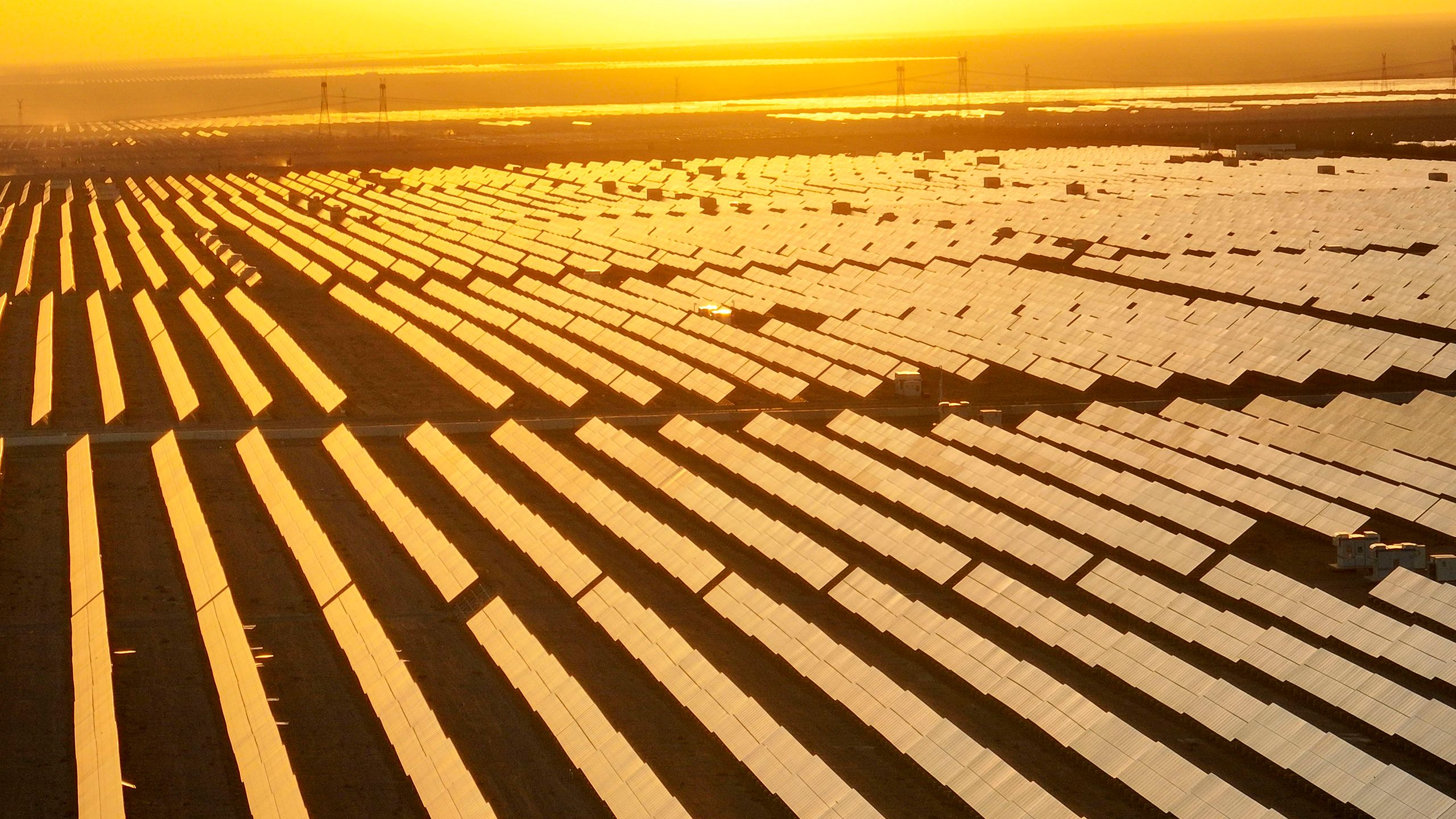A Planetary Turning Point: Solar Power Becomes Mainstream
What once seemed a fringe alternative is now dominating the global power shift. Over the last two years, solar energy has quietly surged to the forefront of global electricity production. From rooftop panels in Pakistan to massive solar farms in Texas and China, the sun is taking center stage in the race to decarbonize the planet.
The acceleration is astonishing: It took from 1954 to 2022 to install the first terawatt of solar globally. The second terawatt followed just two years later. By early 2026, a third will be online. Today, the world installs a coal-plant’s worth of solar panels every 15 hours.
From Alternative to Dominant Energy Source
Renewables met 96% of global electricity demand growth in the past year. In the U.S., they accounted for 93% of new generating capacity. States like California and Texas now frequently rely on solar and wind to keep their grids stable during record-breaking demand events.
China leads the charge, installing over 93 gigawatts of solar power in May 2025 alone—a pace of a gigawatt every 8 hours. Its grid-scale storage and exports are empowering a global transition, with significant gains in India, South America, and across Africa.
The Battery Boom and System Stability
Battery storage has jumped 76% in just one year, enabling grids to rely on renewable sources even at night. California’s reliance on natural gas has dropped 40% since 2023 thanks to batteries smoothing out intermittent solar and wind generation.
Texas, too, is setting new records for solar, wind, and battery output, even amid climate-driven disasters. Emergency blackout risks are plummeting due to rapid clean energy deployment.
Global Leapfrogging and Decentralization
In regions like Pakistan and sub-Saharan Africa, solar is leapfrogging traditional power infrastructure. Farmers, businesses, and households are bypassing unreliable grids with affordable solar kits. In Pakistan, diesel sales have dropped 30% in 2024. In Nigeria, solar is now the first choice for commercial properties.
Even countries long tied to coal, like Poland, are shifting fast. In May 2025, Poland generated more electricity from solar than coal for the first time ever.
Economic Logic Driving Clean Power
Electricity from solar and wind is now cheaper to produce than from fossil fuels. EVs and e-bikes are far more efficient than combustion engines. Heat pumps outperform gas boilers by a factor of 3 to 5.
Legacy energy systems are becoming economically irrational. As energy investor Rob Carlson noted, sticking with fossil fuels is a “self-imposed financial penalty” that weakens competitiveness.
Challenges: Policy and Infrastructure Bottlenecks
The biggest barriers are now political and infrastructural. While the U.S. under Biden had streamlined permits and interconnection, recent rollbacks under the Trump administration are reversing progress. Projects now stall in queues despite having the potential to power the nation cleanly.
Globally, however, the shift is largely unstoppable. Demand is booming, costs are falling, and geopolitical necessity—to reduce dependence on fuel exports—is speeding up adoption.
Land Use, Recycling, and the Circular Future
Concerns about material shortages are fading as mineral efficiency improves and large-scale recycling emerges. One solar panel in 2010 uses enough silver for five panels today. By 2050, the world could recycle nearly all the minerals it needs for energy storage.
Similarly, converting just a fraction of U.S. corn-for-ethanol fields into solar farms could power the nation by 2050. The path forward is increasingly clear.
A Paradigm Shift in Global Power
This solar revolution isn’t just about electricity—it’s about power in every sense. The sun and wind are decentralized, abundant, and accessible. They can’t be hoarded or weaponized like fossil fuels. As reliance shifts from concentrated oil fields to universal solar access, the implications stretch far beyond energy.
We’re witnessing a civilizational pivot, on par with the Industrial and Digital Revolutions. The sun, shining for billions of years to come, offers not just light and warmth, but a roadmap to a livable future.
Source: https://www.newyorker.com







